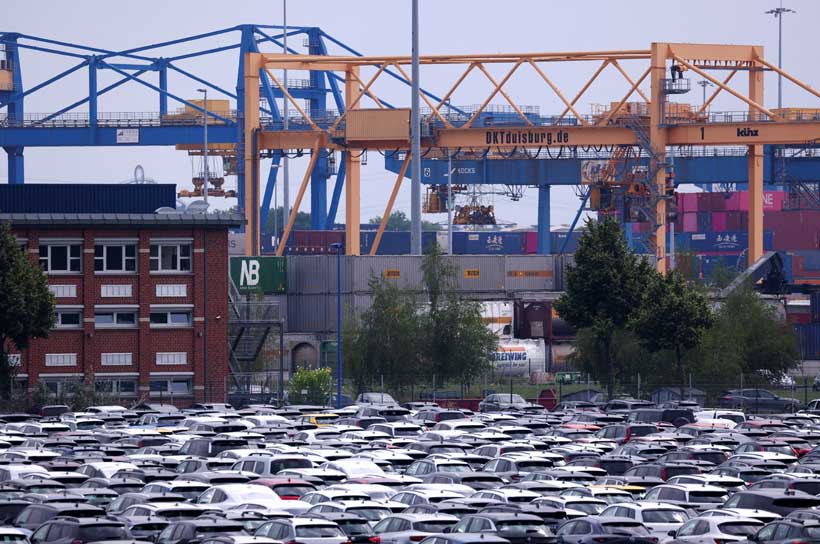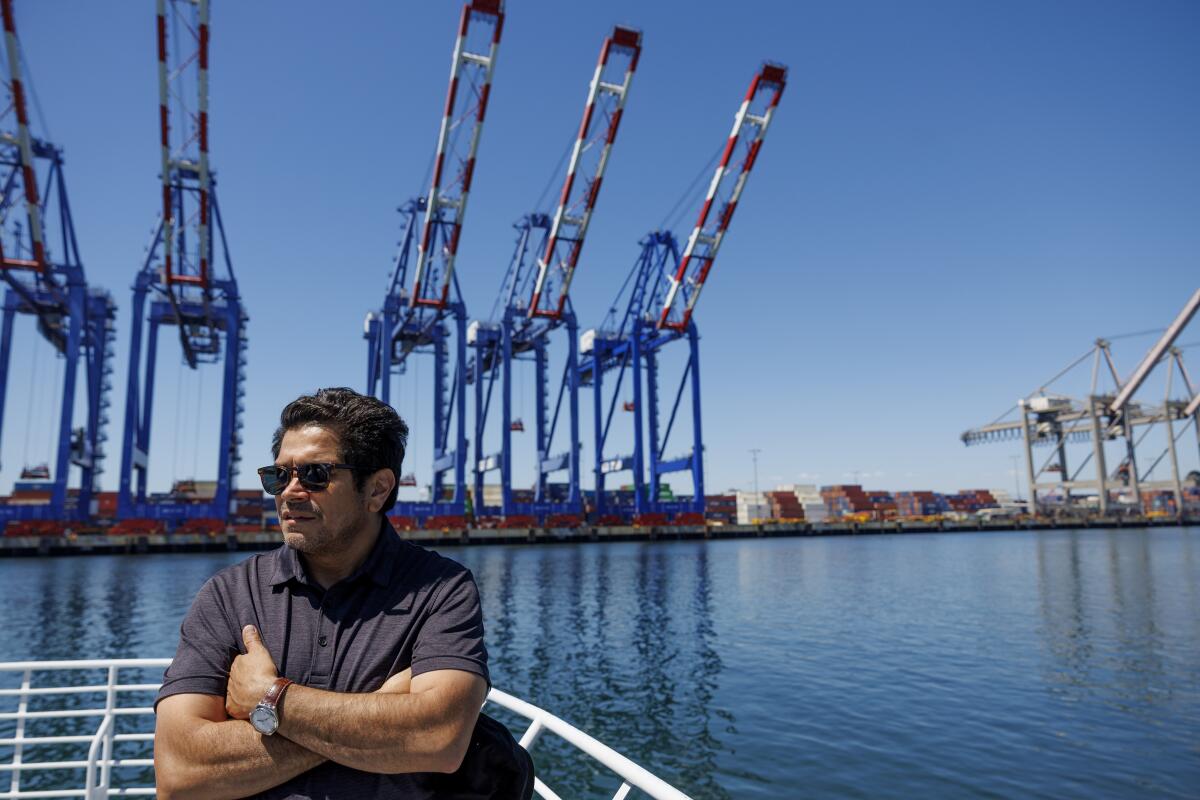August jobs report: U.S. added only 22,000 jobs, showing slowdown

Sept. 5 (UPI) — The job market continues to slow, according to a report released Friday by the Bureau of Labor Statistics showing that only 22,000 jobs were created in August.
Nonfarm payrolls increased by 22,000, which is well below the Dow Jones expectation of 75,000. The July increase was 79,000 and was revised up by 6,000. June saw a net loss of 13,000 after the estimate was dropped by 27,000.
Friday’s BLS report is lower than Thursday’s ADP Employment Report for August, which showed a private payroll gain of 54,000.
U.S. Secretary of Labor Lori Chavez-DeRemer said in a statement that Americans are “benefiting from strong and consistent hourly wage growth, which is up nearly 4%. The price of goods has increased globally over the past year, but the U.S. is bucking that trend with lower inflation, thanks to the return of America First leadership.”
She also touted the U.S. Gross Domestic Product.
“Additionally, second-quarter GDP smashed many economists’ expectations, demonstrating strong growth and resilience. All job growth this year has been in the private sector among native-born Americans,” she said.
The GDP, which is a measure of all goods and services produced in the American economy, rose to an annualized rate of 3.3% from April to June instead of its earlier estimate of 3%, the Bureau of Economic Analysis said. It had declined by 0.5% in the first quarter.
The July report was slower than expected and heavily revised, leading to the firing of BLS Commissioner Erika McEntarfer. This is the first report to come out since her ouster. The July report showed 73,000 new jobs, which is less than half of the initially reported 147,000 jobs created in June.
“Today’s jobs numbers were rigged in order to make Republicans and me look bad,” President Donald Trump said in a Truth Social post on Aug. 1.
He said the BLS likewise produced a false jobs report in the days leading up to the Nov. 5 general election that were favorable to the Biden administration.
Friday’s report showed that the unemployment rate, at 4.3%, and the number of unemployed people, at 7.4 million, changed little in August.
Health care added 31,000 jobs, below the average monthly gain of 42,000 over the previous 12 months. Employment continued to trend up over the month in ambulatory health care services, a gain of 13,000; nursing and residential care facilities, up 9,000; and hospitals, up 9,000.
On Thursday, Trump told reporters that the “real” jobs numbers will come out a year from now. He hosted more than two dozen tech executives at the White House for dinner.
He said that when “huge, beautiful places, the palaces of genius” open, job numbers will improve. He didn’t say what those places will be.
“When they start opening up … I think you’ll see job numbers that are going to be absolutely incredible,” Trump said. “Right now, it’s a lot of construction numbers, but you’re gonna see job numbers like our country has never seen.”
Daniel Zhao, chief economist at Glassdoor, told CNBC that the outlook is rough.
“The job market is stalling short of the runway,” he said. “The labor market is losing lift, and August’s report, along with downward revisions, suggests we’re heading into turbulence without the soft landing achieved.”

